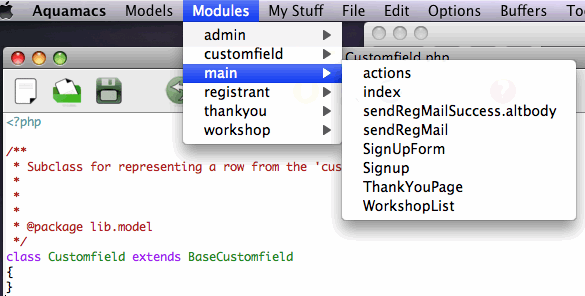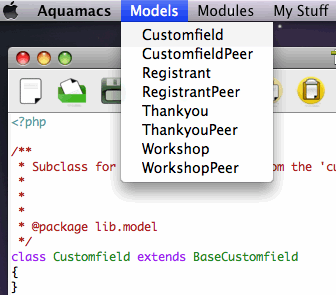Brand new steam engine built in Britain
This is totally cool… a brand new steam engine was just completed in Britain and is undergoing testing. They used parts fabricated all around the world since the skills of making a steam engine in one place have disappeared.
The group I’m working with, San Francisco Trains is working to preserve both a steam engine and the place where running repairs for steam engines were made, namely the Bayshore Roundhouse just south of San Francisco. All of that same knowledge that goes into creating a steam engine was there at one time at Bayshore.


 I spent some time this afternoon speaking with various solar installers at the
I spent some time this afternoon speaking with various solar installers at the